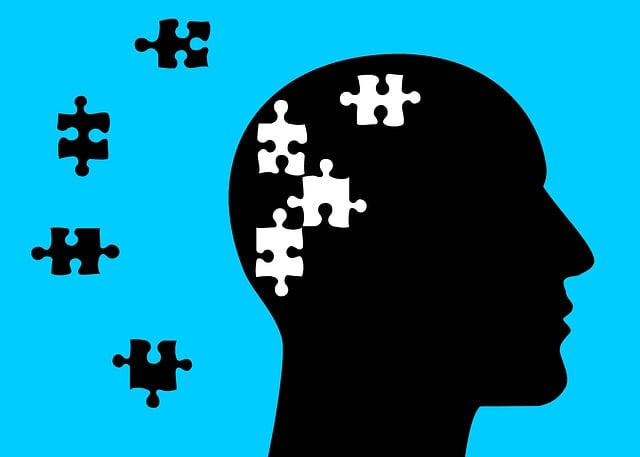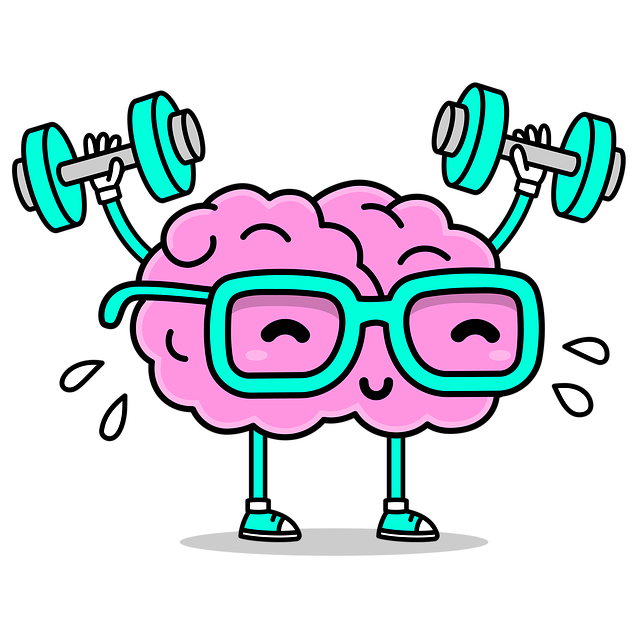Evaluating mental wellness programs for adolescent teens requires a comprehensive approach that includes pre-post assessments, focus groups, and feedback surveys to measure improvements in interpersonal skills and emotional regulation. Key strategies involve tailored therapy addressing unique interpersonal issues during adolescence, such as relationships, peer pressure, and family dynamics. Quantitative methods track symptom shifts over time, while qualitative techniques delve into participants' experiences and perceptions. Interpersonal factors are critical for teen mental wellness, with holistic approaches like mindfulness meditation proving beneficial. Policy advocates push for support systems fostering healthy relationships to prevent burnout among young people.
Mental wellness programs for adolescent teens face unique challenges in their evaluation due to the dynamic nature of teen development and mental health. This article delves into effective strategies for assessing these programs, focusing on interpersonal issues and therapy integration. We explore quantitative and qualitative methods to understand adolescents’ needs, from social dynamics to emotional regulation. Key areas include identifying barriers to mental wellness and evaluating the success of diverse therapeutic approaches. Ultimately, continuous improvement relies on feedback mechanisms that enhance program delivery tailored to adolescent teens’ complex needs, including therapy for interpersonal issues.
- Assessing the Effectiveness of Mental Wellness Programs for Adolescent Teens
- – Understanding the unique needs and challenges of adolescent teens
- – Choosing appropriate evaluation methods: quantitative vs qualitative
- Interpersonal Issues in Teen Mental Health: Key Areas of Evaluation
Assessing the Effectiveness of Mental Wellness Programs for Adolescent Teens

Evaluating the effectiveness of mental wellness programs designed for adolescent teens is a multifaceted process. It involves assessing improvements in key areas such as interpersonal skills and emotional regulation, which are often at the heart of issues faced by this demographic. By employing robust evaluation methods, such as pre-post assessments, focus groups, and feedback surveys, program organizers can gain valuable insights into what’s working and where enhancements are needed.
One effective approach is to measure changes in participants’ ability to manage stress through structured activities like Crisis Intervention Guidance sessions or Stress Management Workshops. Additionally, evaluating the impact on confidence levels, a key component often associated with interpersonal issues, provides a holistic view of program success. These strategies not only help identify successful interventions but also guide future programming, ensuring tailored and impactful support for adolescent teens.
– Understanding the unique needs and challenges of adolescent teens

Adolescent teens face a unique set of challenges that significantly impact their mental wellness. This period is marked by rapid physical and emotional changes, identity formation, and increased exposure to social pressures and interpersonal issues. The complexities of peer relationships, academic demands, and the developing sense of autonomy can contribute to heightened stress levels and a higher risk of mental health disorders.
Effective evaluation methods for mental wellness programs serving adolescent teens must account for these nuanced needs. Therapy for adolescent teens should focus on fostering positive thinking while addressing specific interpersonal issues that arise during this developmental stage. Mental health education programs designed with this demographic in mind can empower teens to navigate their emotional landscapes and build resilience, ultimately contributing to healthier relationships and improved risk management planning for mental health professionals who engage them.
– Choosing appropriate evaluation methods: quantitative vs qualitative

When evaluating the effectiveness of mental wellness programs for adolescent teens dealing with interpersonal issues, it’s crucial to select evaluation methods that align with the program’s goals and participants’ needs. Quantitative methods offer structured data analysis through surveys, measures, and statistical testing, providing a clear picture of changes in symptoms or behaviors over time. This approach is beneficial for large-scale programs aiming to demonstrate impact on a community level, such as school-based interventions targeting anxiety or depression among teens.
Qualitative methods, on the other hand, delve into participants’ subjective experiences and perceptions through interviews, focus groups, or mental wellness journaling exercises. These techniques are particularly valuable for understanding the nuances of interpersonal issues and the mechanisms behind therapeutic change. For instance, a program focused on fostering inner strength development and mindfulness meditation may use qualitative methods to capture teens’ personal growth narratives, insights gained during practice sessions, and improvements in self-perceived well-being.
Interpersonal Issues in Teen Mental Health: Key Areas of Evaluation

Interpersonal issues play a significant role in the mental wellness of adolescent teens, making them key areas of evaluation in any comprehensive therapy program. The social environment and relationships significantly influence a teen’s emotional well-being. Factors such as peer pressure, family dynamics, and social support networks can either contribute to or exacerbate mental health challenges. Evaluating these interpersonal aspects involves assessing the quality of relationships, identifying potential sources of stress or conflict, and understanding how teens cope with social interactions.
Effective therapy for adolescent teens should address interpersonal issues holistically. Incorporating practices like mindfulness meditation has shown promise in enhancing social skills and emotional regulation. Additionally, advocates for mental health policy analysis and advocacy push for support systems that foster healthy relationships and prevent burnout, particularly among young people. By focusing on these key areas, mental wellness programs can better cater to the complex needs of teenage clients.
Evaluating mental wellness programs for adolescent teens requires a nuanced approach that considers both quantitative and qualitative methods. By understanding the unique needs and challenges faced by this demographic, and focusing on key interpersonal issues, we can ensure that therapy for adolescent teens is effective and tailored to their specific requirements. This comprehensive evaluation process is vital in enhancing overall mental health outcomes for young individuals, fostering healthy development, and providing targeted support where needed.











